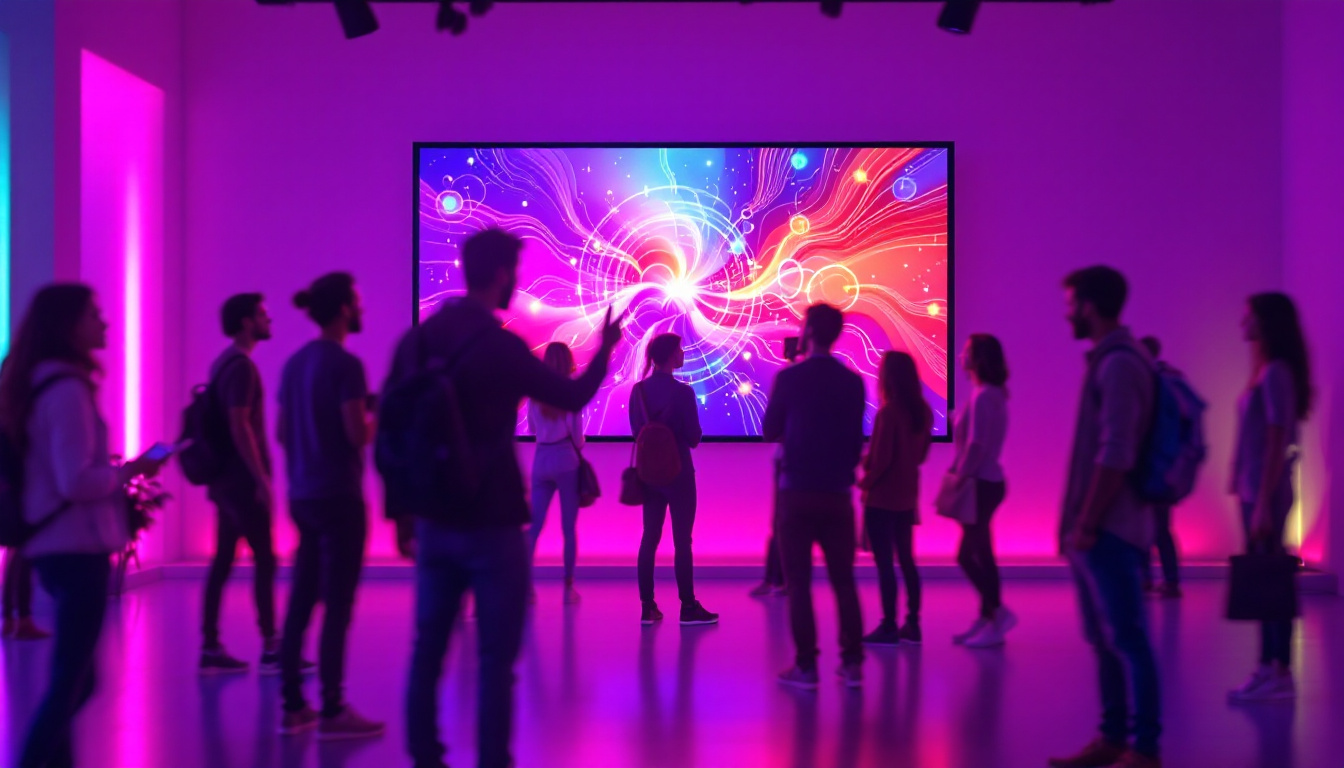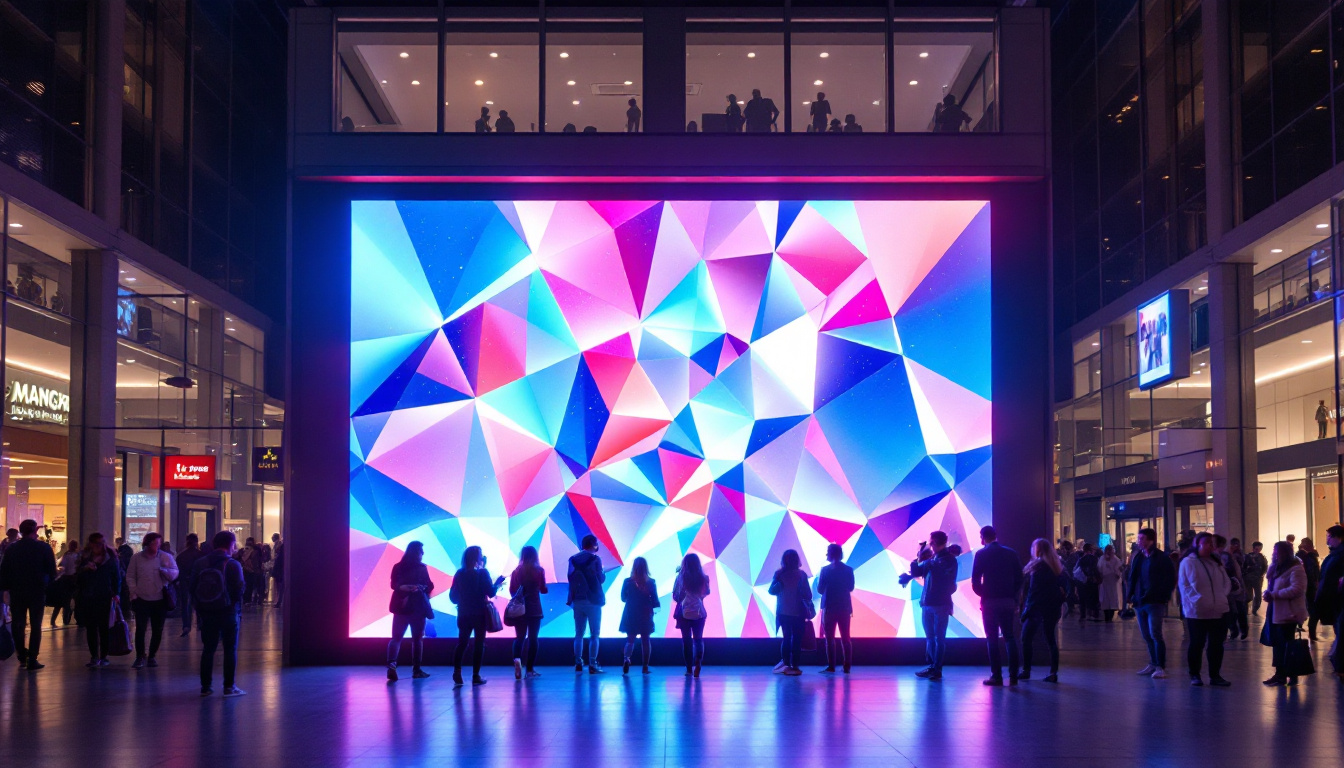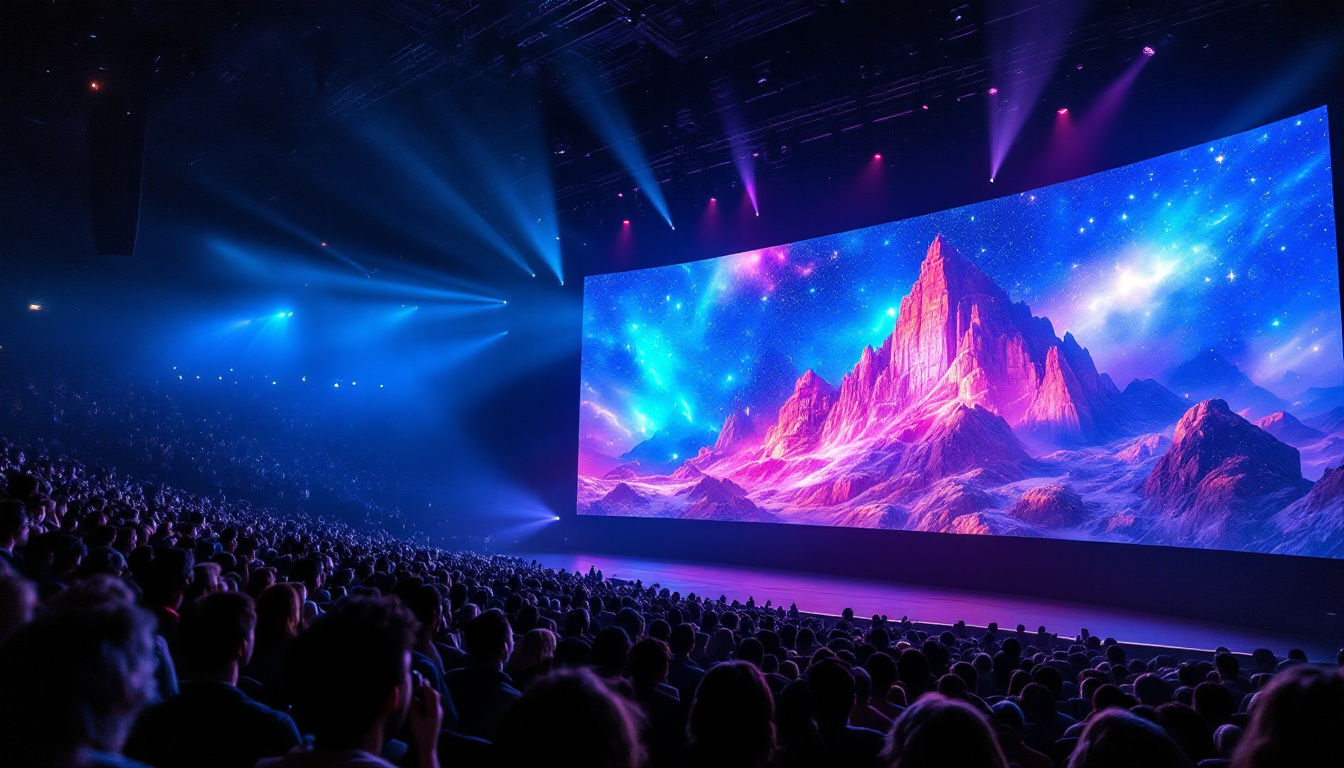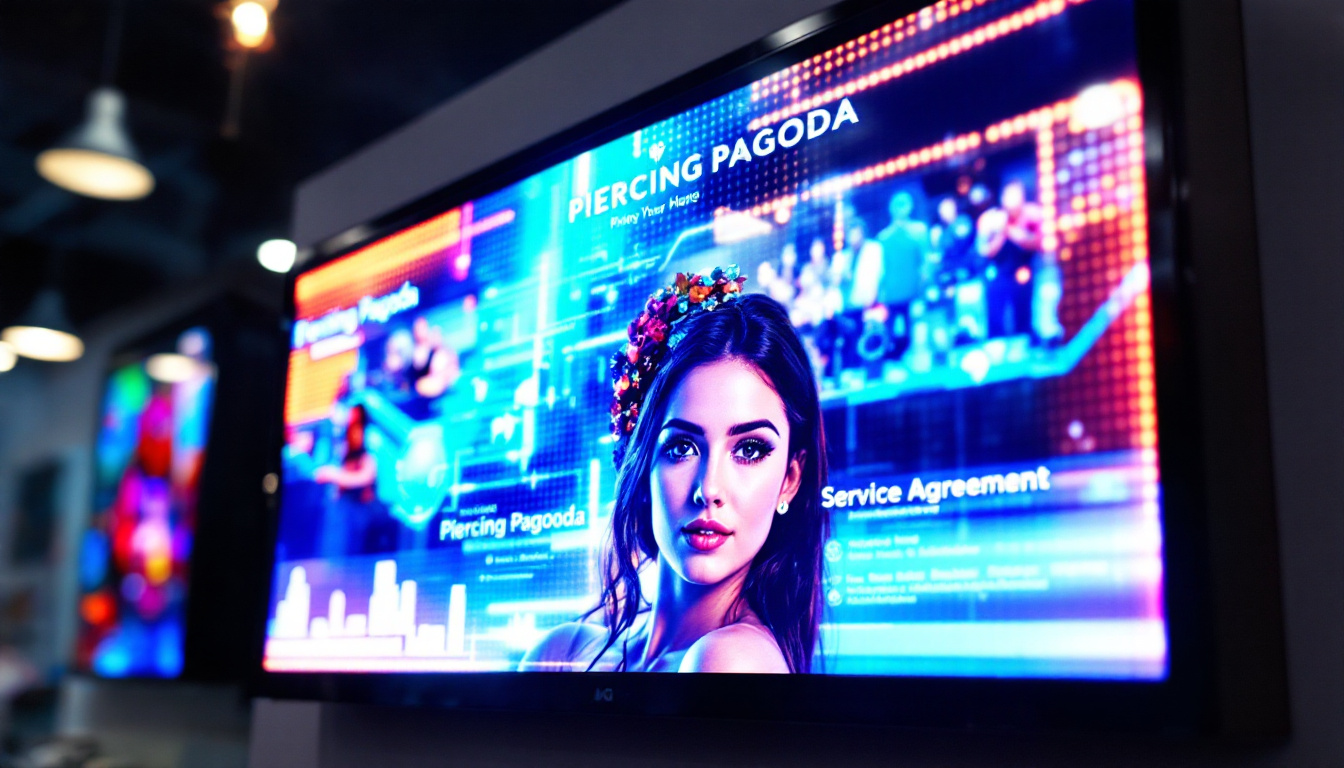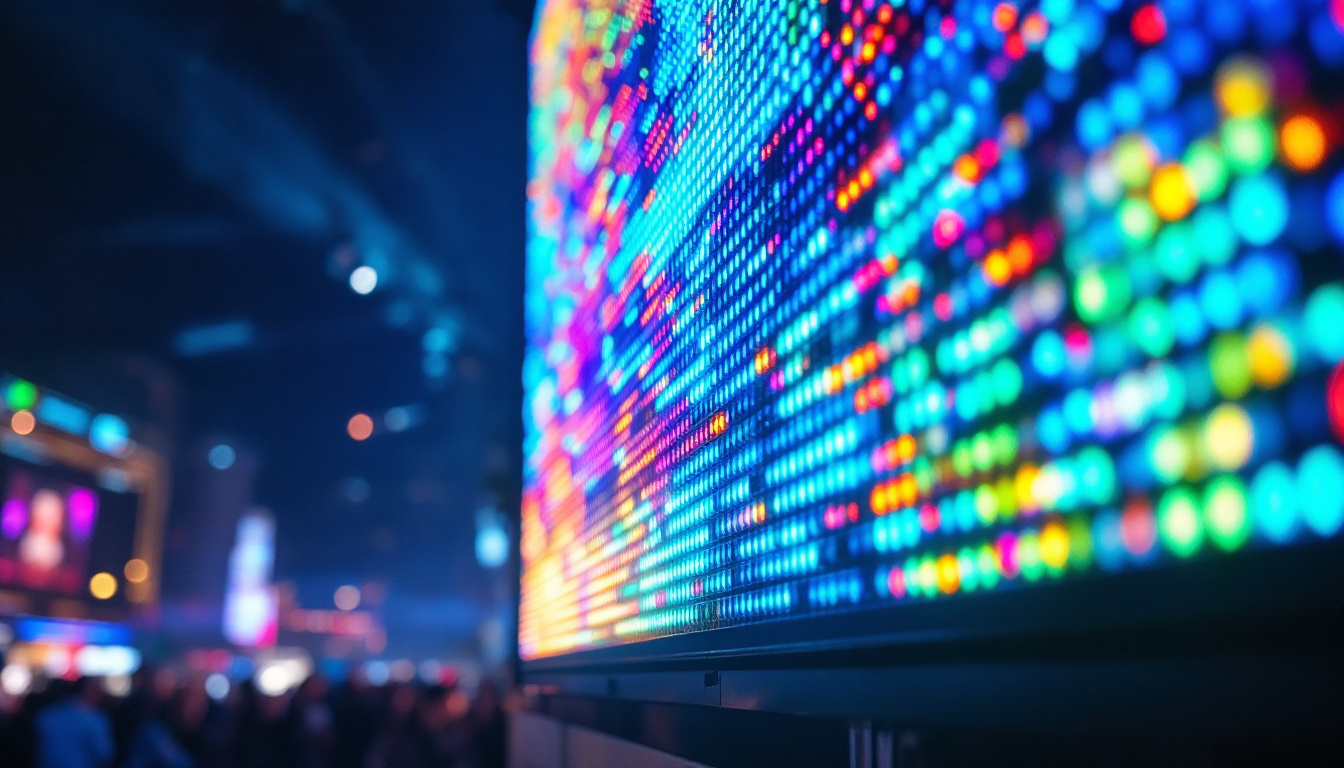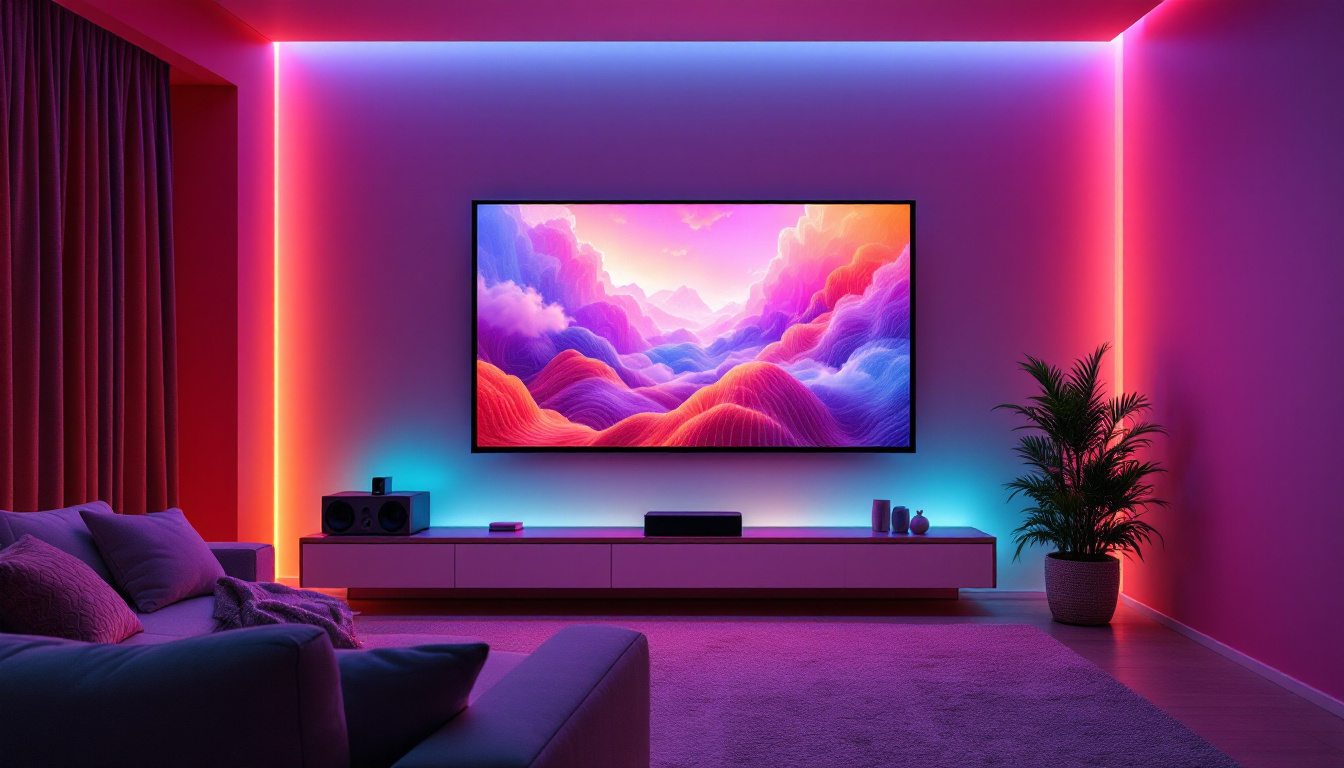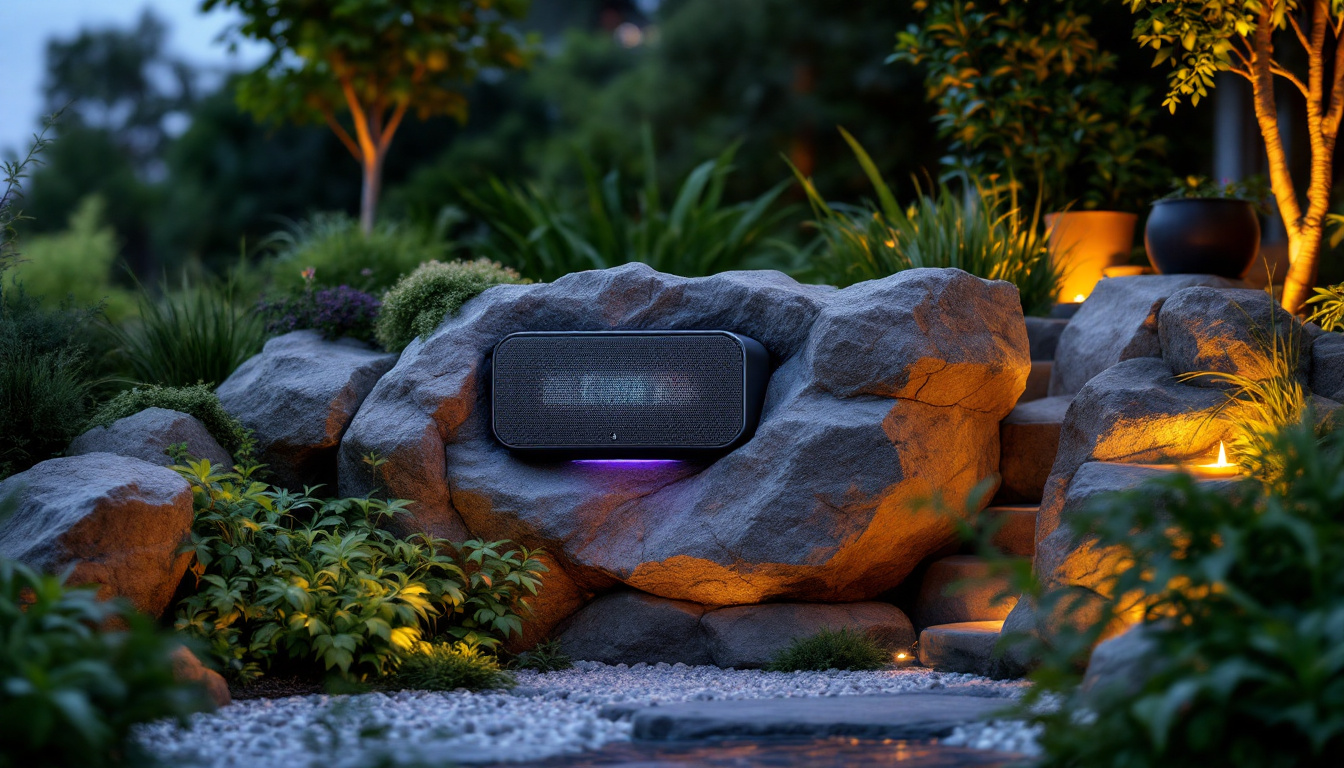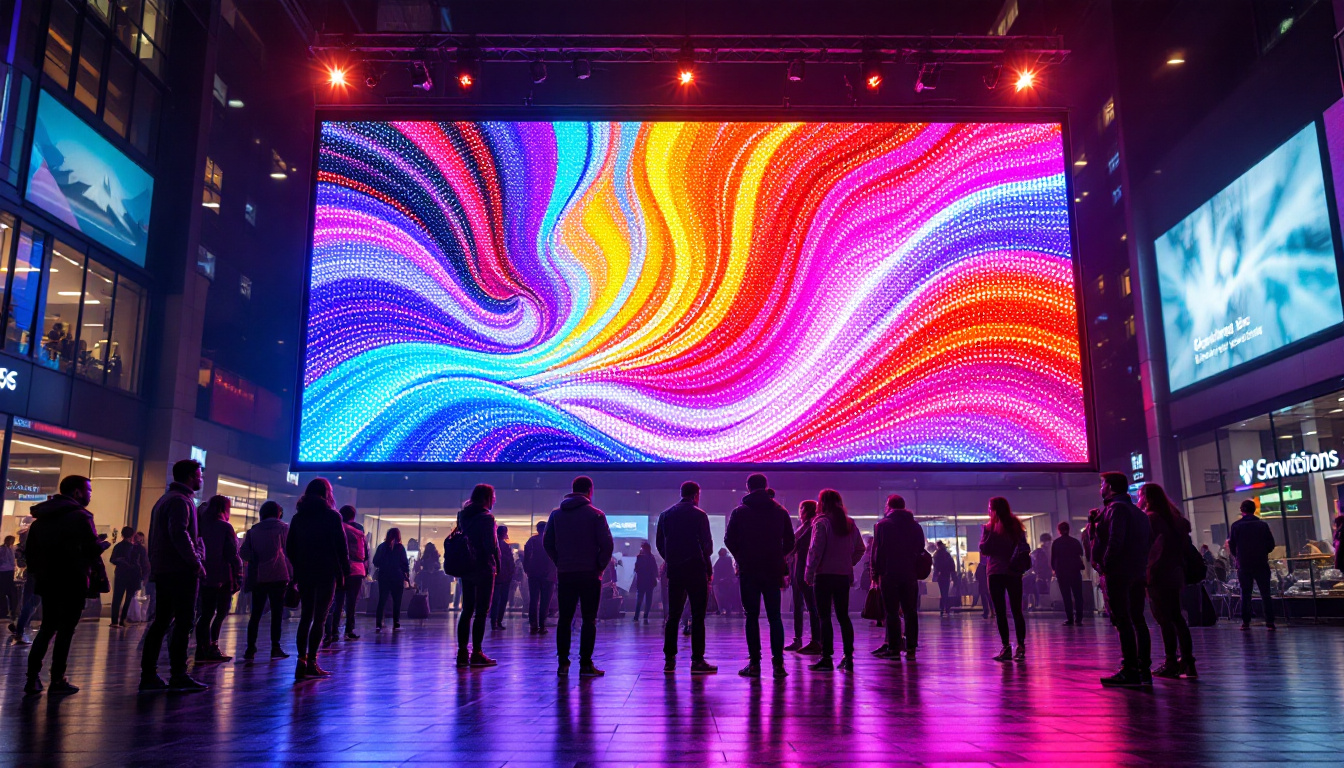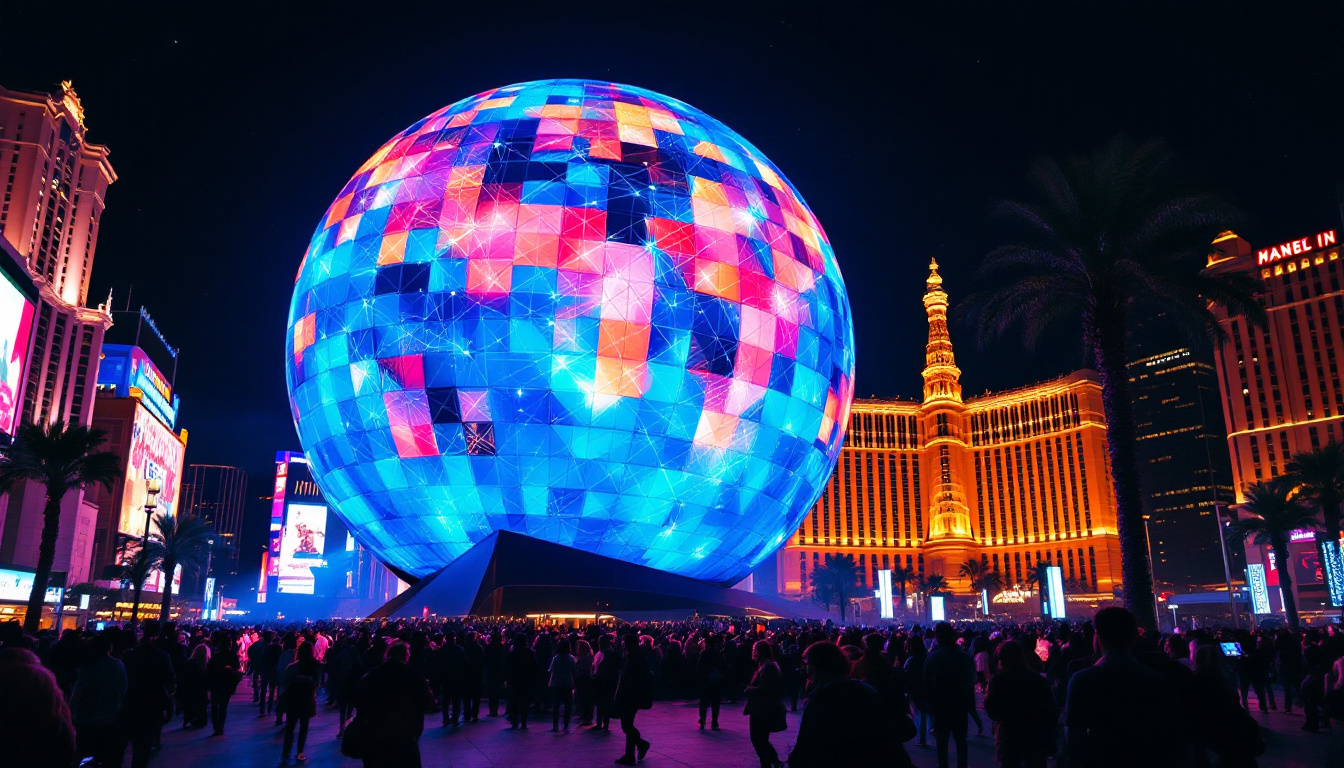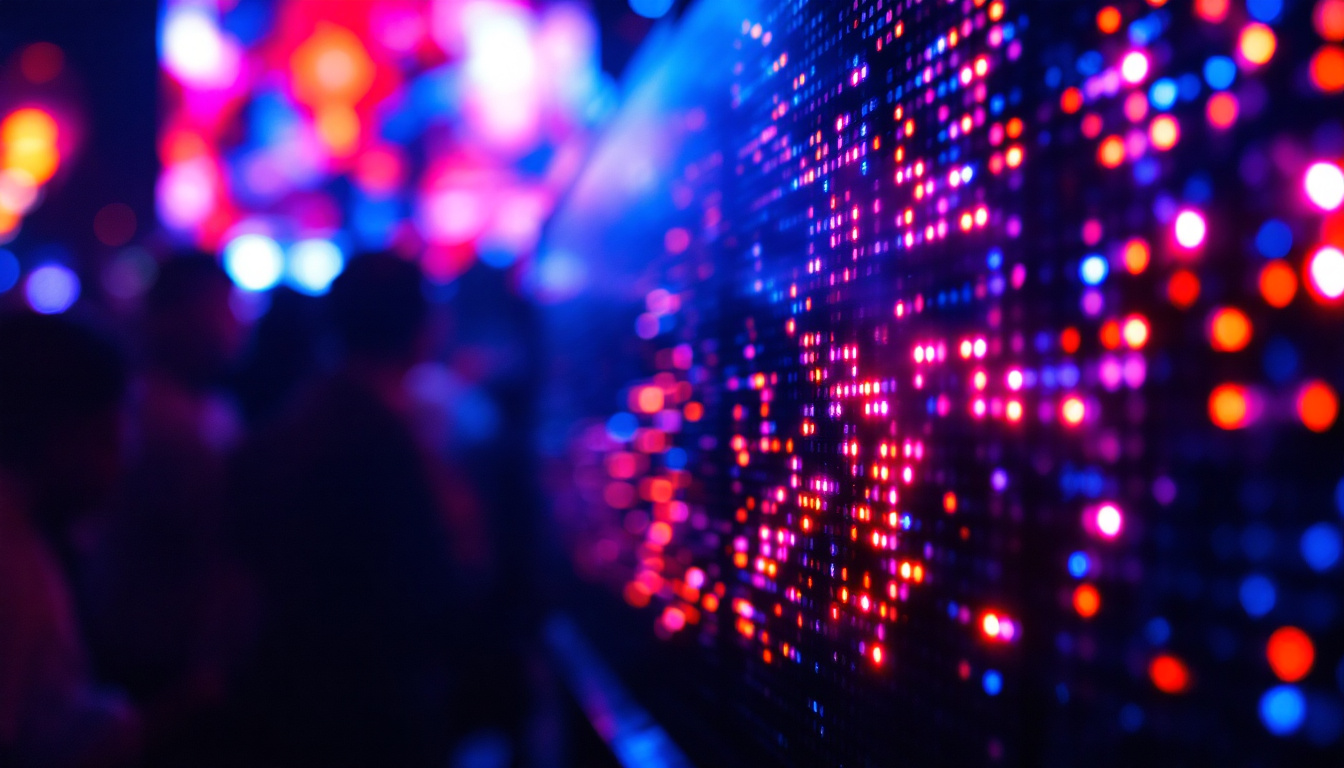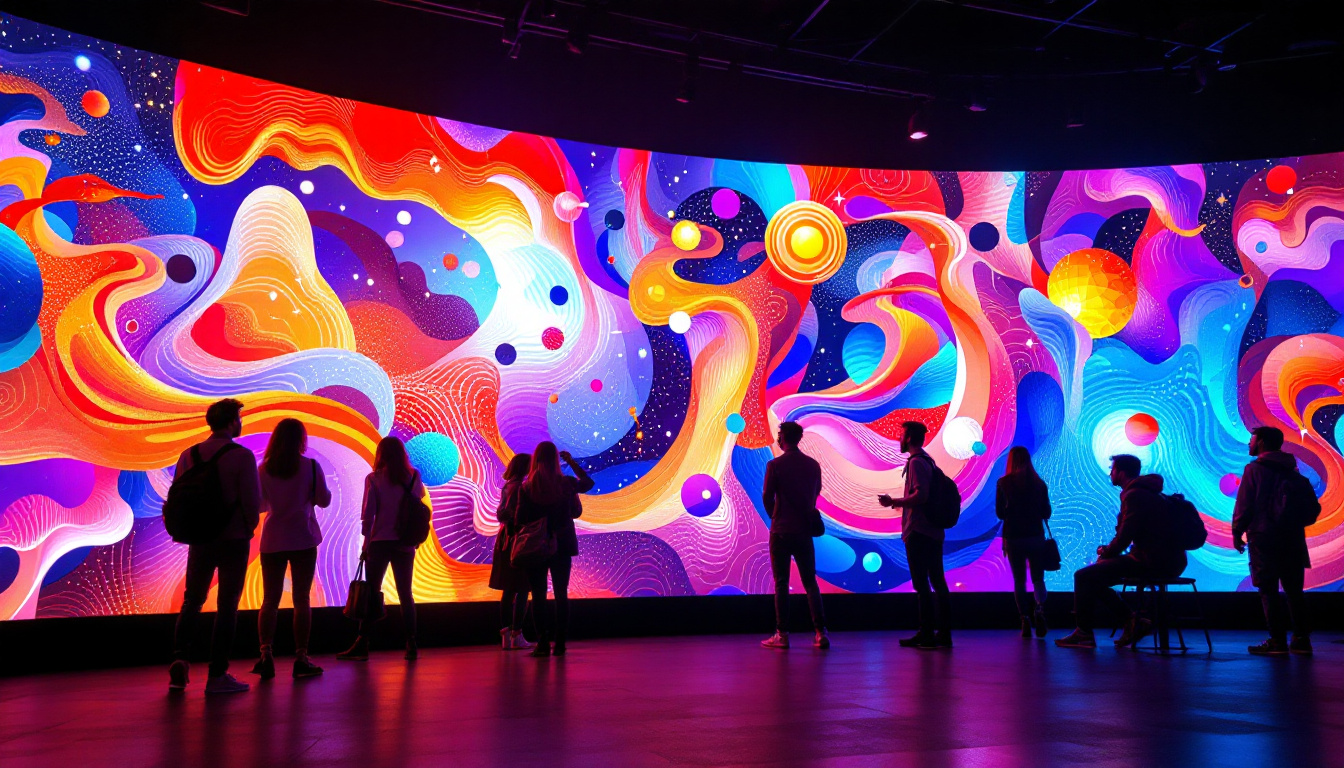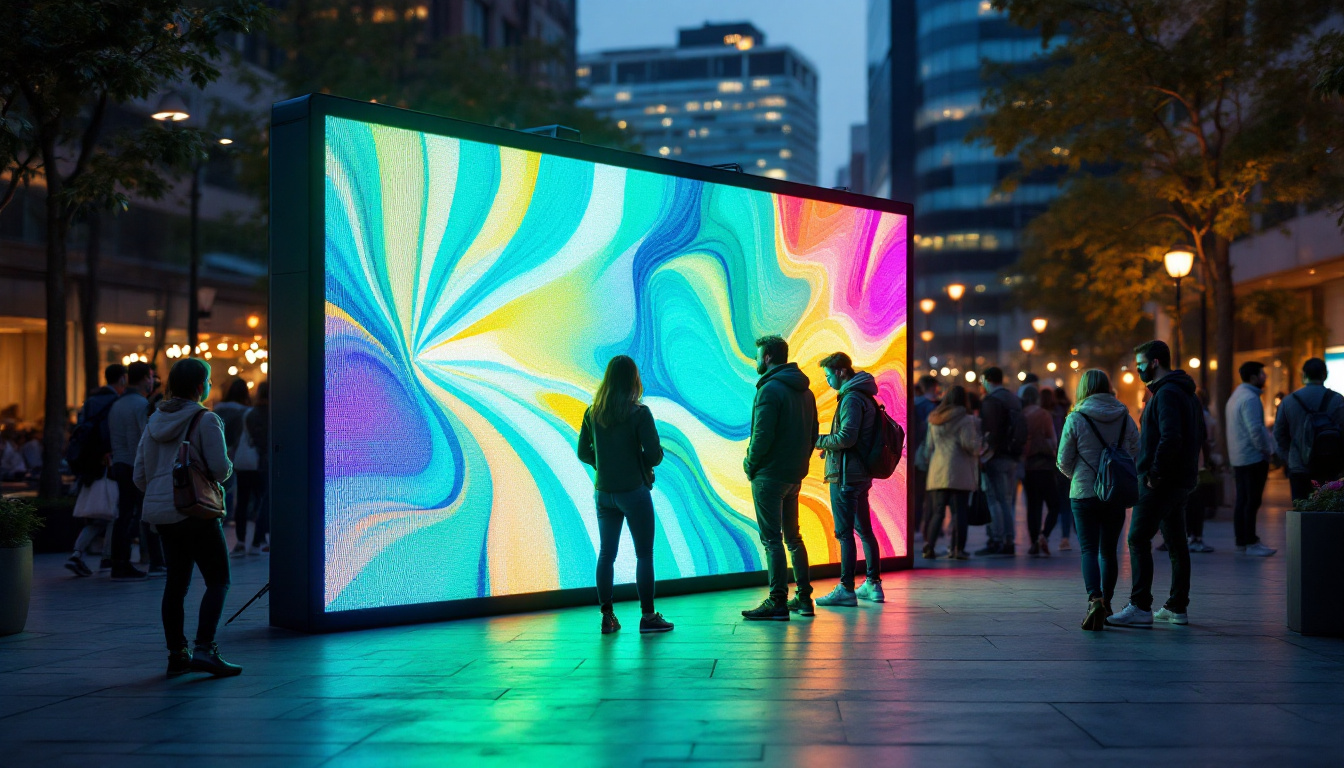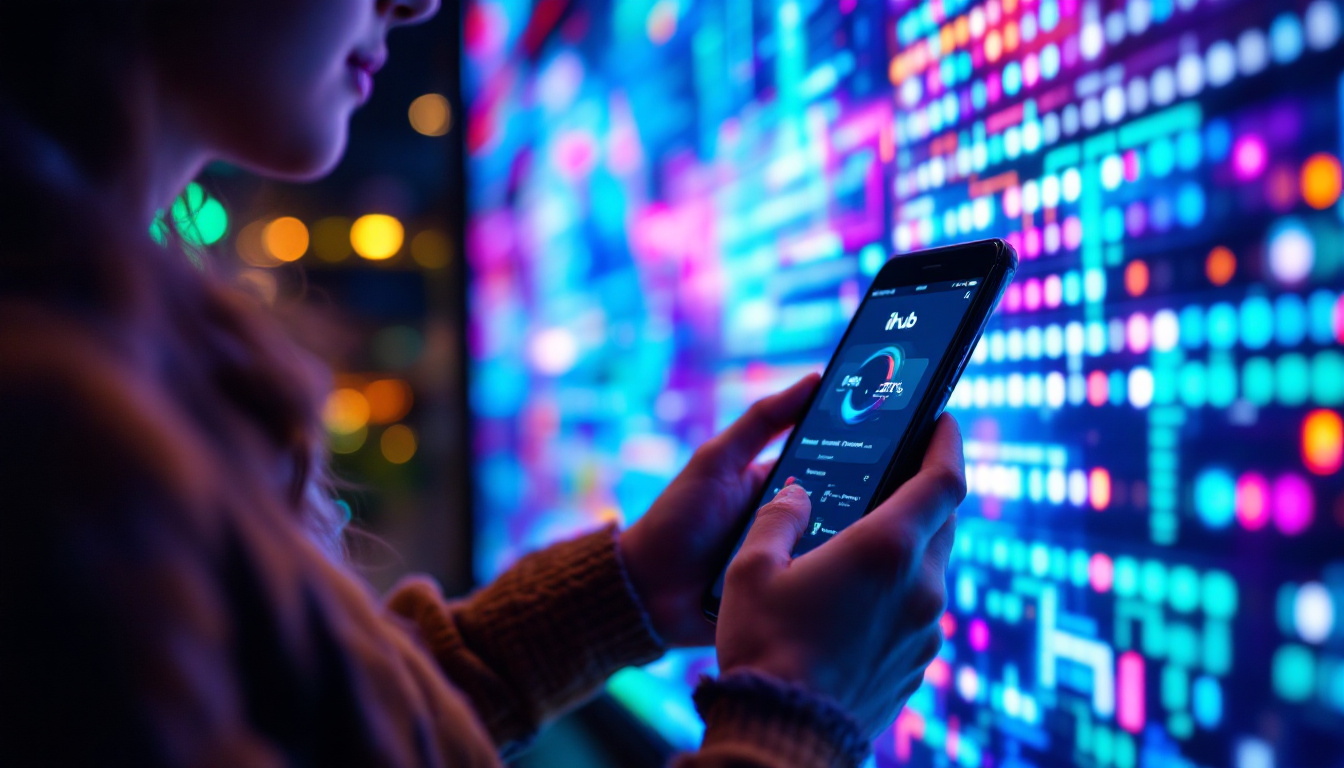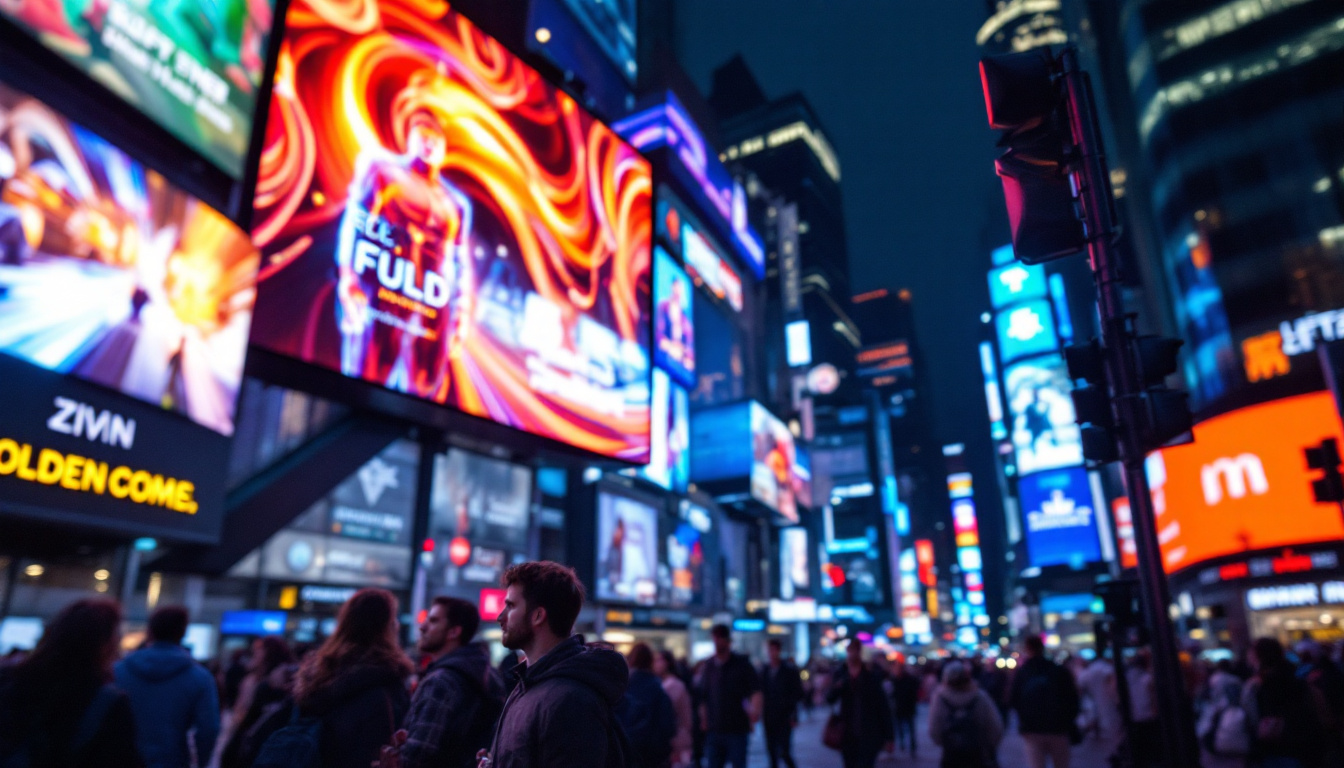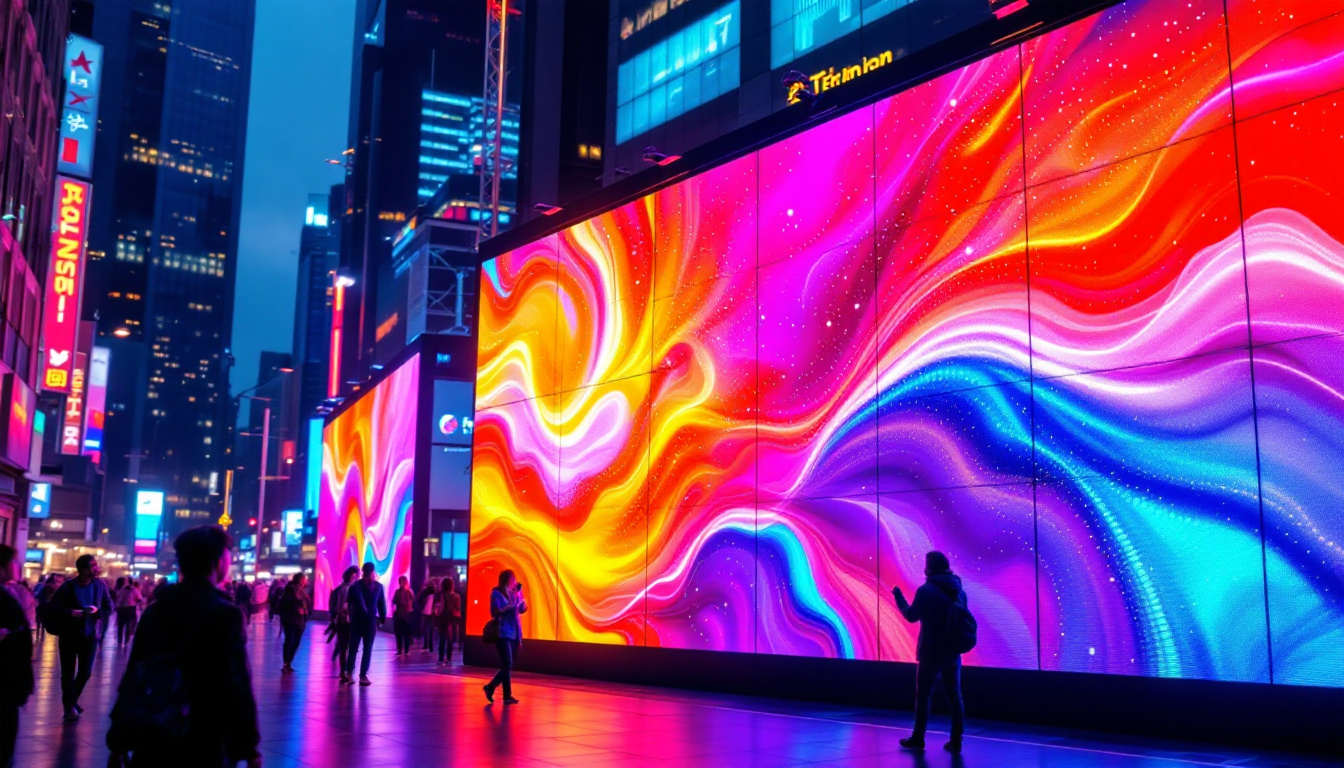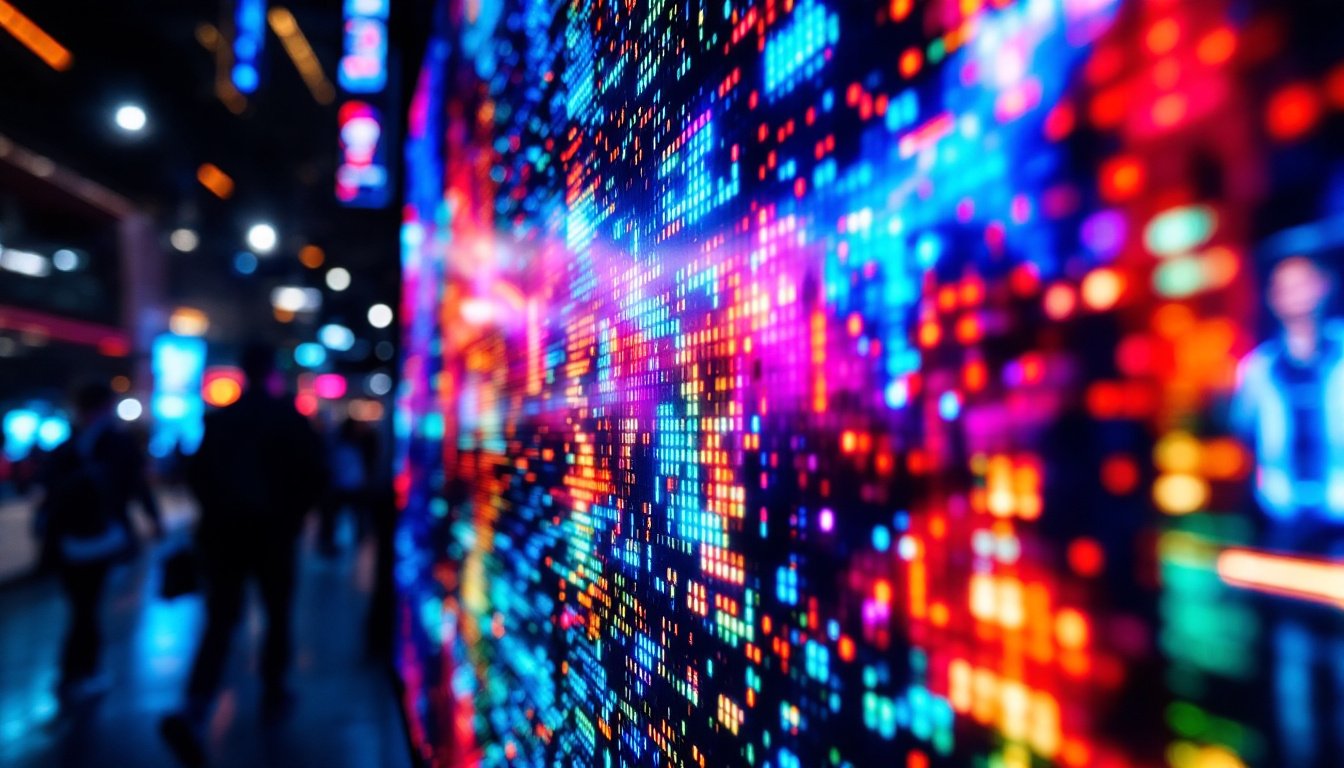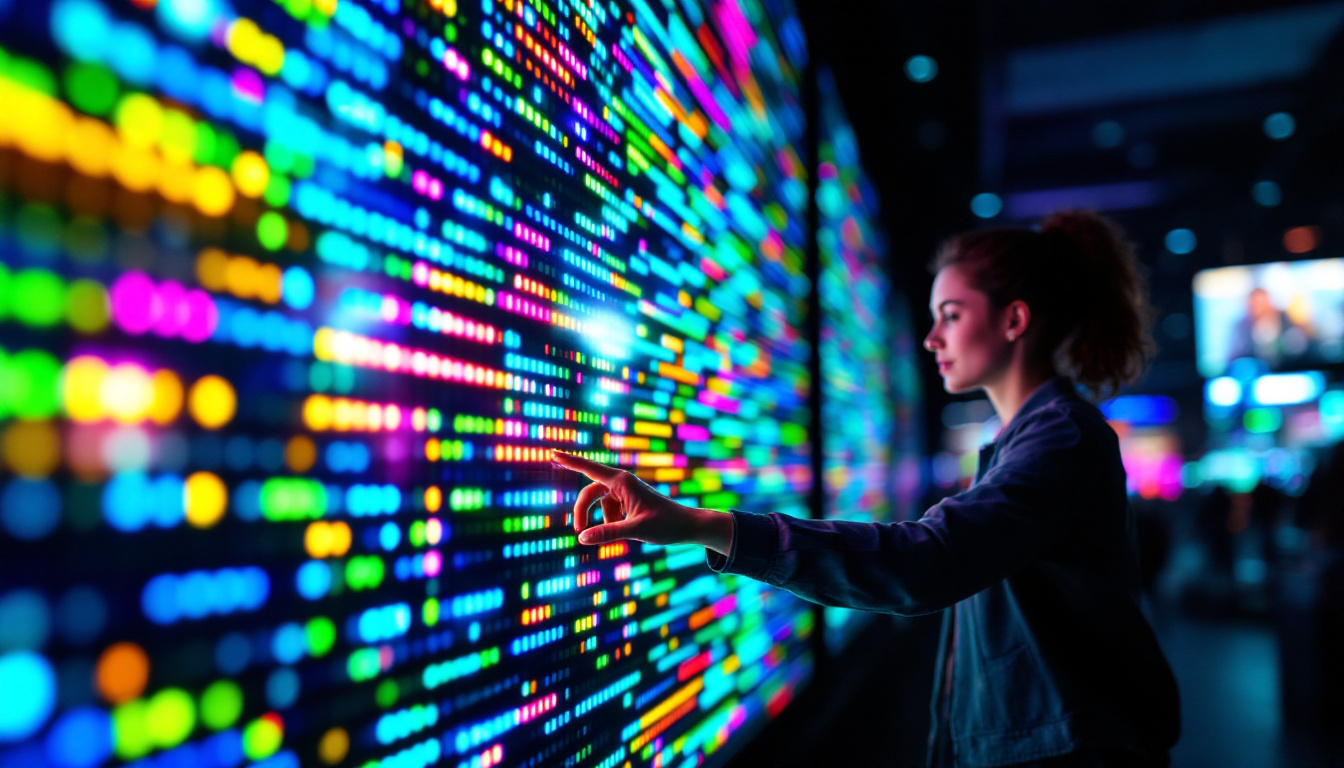In the rapidly evolving world of technology, interactive screens have emerged as a transformative tool in various sectors, from education to entertainment and advertising. Among the most popular types of interactive screens are LED displays, which offer vibrant visuals and user-friendly interfaces. This article delves into the intricacies of LED displays, exploring their technology, applications, and benefits.
Understanding LED Technology
Light Emitting Diode (LED) technology forms the backbone of modern display systems, providing a bright and energy-efficient solution for visual presentations. Unlike traditional display technologies, LEDs utilize semiconductor materials to emit light when an electric current passes through them. This innovation has led to significant advancements in display quality and energy consumption. The efficiency of LED technology not only reduces electricity bills but also contributes to a more sustainable environment, as they have a much longer lifespan compared to incandescent and fluorescent lights, thereby reducing waste.
How LED Displays Work
At the core of an LED display is a matrix of tiny light-emitting diodes. These diodes are arranged in a grid, where each pixel consists of red, green, and blue (RGB) components. By adjusting the intensity of each color, a wide spectrum of colors can be produced, allowing for stunning visuals. The combination of these colors enables the display to render images and videos with remarkable clarity and vibrancy. Furthermore, advancements in technology have led to the development of high dynamic range (HDR) capabilities in LED displays, enhancing the contrast and color accuracy, which is particularly beneficial for applications in photography and video editing.
LED displays can be categorized into two main types: direct view and backlit. Direct view LED displays use the diodes as the primary light source, while backlit displays utilize LEDs to illuminate an LCD panel. Each type has its unique advantages, influencing their application in various environments. For instance, direct view displays are often preferred for large-scale outdoor advertising due to their brightness and durability, while backlit displays are commonly found in devices like televisions and computer monitors, where color depth and contrast are crucial.
Types of LED Displays
There are several types of LED displays, each designed for specific applications. The most common types include:
- Indoor LED Displays: These displays are designed for use in controlled environments, such as conference rooms and retail spaces. They typically have a higher pixel density, resulting in sharper images viewed from closer distances. Additionally, indoor LED displays often feature advanced technologies like pixel pitch adjustment, allowing for customization based on the viewing distance and audience size.
- Outdoor LED Displays: Built to withstand the elements, outdoor LED displays are used for billboards and signage. They are brighter and more robust, ensuring visibility even in direct sunlight. Many outdoor models also incorporate weather-resistant features and protective coatings to enhance durability against rain, wind, and dust.
- Transparent LED Displays: These innovative displays allow for visibility through the screen while still delivering content. They are often used in retail environments to showcase products without obstructing the view. The unique design of transparent LEDs also opens up creative possibilities for advertising and branding, as they can be integrated into windows and storefronts, blending technology seamlessly with architecture.
Applications of Interactive LED Displays
Interactive LED displays have found their way into numerous industries, revolutionizing the way information is presented and consumed. Their versatility makes them suitable for various applications, enhancing user engagement and experience.
Education
In educational settings, interactive LED displays serve as powerful teaching tools. They facilitate dynamic presentations, allowing educators to incorporate multimedia content seamlessly. Students can engage with the material more effectively through touch interactions, fostering a collaborative learning environment.
Moreover, these displays can be integrated with educational software, enabling features like quizzes, polls, and interactive lessons. This interactivity not only captures students’ attention but also enhances retention and understanding of complex subjects. Teachers can also utilize these displays for real-time feedback, adjusting their teaching methods based on student responses, which creates a more tailored educational experience. The ability to display 3D models or simulations further enriches the learning process, making abstract concepts more tangible and easier to grasp.
Corporate Communication
In the corporate world, interactive LED displays are increasingly used for presentations, meetings, and training sessions. Their ability to display high-quality visuals and facilitate real-time collaboration makes them invaluable in a professional setting. Teams can share ideas, brainstorm, and visualize concepts in ways that traditional presentations cannot achieve.
Additionally, LED displays can be utilized for digital signage within corporate environments, delivering important announcements, schedules, and updates to employees in a visually appealing manner. This instant access to information promotes transparency and keeps everyone informed about company news and events. Furthermore, the integration of analytics tools allows companies to track engagement levels with the displayed content, providing insights that can help refine communication strategies and improve overall employee engagement.
Advertising and Marketing
The advertising industry has embraced interactive LED displays for their ability to capture attention and engage consumers. From large-scale billboards to in-store displays, these screens can showcase dynamic content that changes based on time, audience, or context.
Interactive elements allow consumers to engage with advertisements, leading to higher conversion rates. For instance, touch-enabled displays can provide additional product information or promotional offers, enhancing the shopping experience and encouraging purchases. Marketers can also leverage data analytics to tailor content to specific demographics, ensuring that advertisements resonate with the target audience. Additionally, the use of augmented reality features in these displays can create immersive experiences, allowing customers to visualize products in their own environment, thus bridging the gap between digital and physical shopping experiences. This innovative approach not only boosts brand engagement but also fosters a memorable connection with consumers, driving brand loyalty.
Benefits of Interactive LED Displays
The adoption of interactive LED displays brings numerous advantages to businesses and organizations. These benefits extend beyond mere aesthetics, influencing operational efficiency and user engagement.
Enhanced Visual Experience
One of the most significant benefits of LED displays is their ability to deliver stunning visuals. The high brightness and contrast ratios ensure that content is visible in various lighting conditions, making them ideal for both indoor and outdoor applications. This enhanced visual experience captivates audiences and keeps them engaged.
Energy Efficiency
LED technology is known for its energy efficiency compared to traditional display technologies. LED displays consume less power, resulting in lower energy bills and a reduced carbon footprint. This efficiency is particularly beneficial for businesses that operate large-scale display networks, such as advertising companies or event venues.
Longevity and Durability
LED displays are built to last, with a lifespan that often exceeds traditional displays. Their robust construction makes them resistant to damage, ensuring that they can withstand the rigors of daily use. This durability translates to lower maintenance costs and less frequent replacements, making them a cost-effective investment in the long run.
Challenges and Considerations
While interactive LED displays offer numerous benefits, there are also challenges and considerations to keep in mind. Understanding these factors can help organizations make informed decisions regarding their implementation.
Initial Investment
The initial cost of purchasing and installing LED displays can be significant. For organizations with tight budgets, this upfront investment may pose a challenge. However, it is essential to consider the long-term savings associated with reduced energy consumption and maintenance costs.
Technical Expertise
Implementing interactive LED displays often requires technical expertise for installation and maintenance. Organizations may need to invest in training staff or hiring specialized personnel to ensure optimal performance. This need for expertise can add another layer of complexity to the deployment process.
Content Management
Creating and managing content for interactive displays is crucial to their success. Organizations must develop engaging, relevant content that resonates with their target audience. This ongoing content management can require dedicated resources, including time and personnel.
The Future of Interactive LED Displays
The future of interactive LED displays looks promising, with technological advancements paving the way for even more innovative applications. As the demand for interactive experiences continues to grow, manufacturers are likely to develop new features and capabilities that enhance user engagement.
Integration with Emerging Technologies
One of the most exciting prospects for the future of LED displays is their integration with emerging technologies such as augmented reality (AR) and virtual reality (VR). These technologies can create immersive experiences that blur the lines between the digital and physical worlds, offering users unprecedented interactivity.
For instance, AR-enabled LED displays could allow users to interact with virtual objects overlaid onto the real world, enhancing learning and engagement in educational settings. Similarly, VR applications could transform how businesses present their products and services, creating captivating experiences for consumers.
Advancements in Display Quality
As technology evolves, so too does the quality of LED displays. Future advancements may lead to higher resolutions, improved color accuracy, and even thinner designs. These enhancements will further elevate the visual experience, making interactive displays an even more attractive option for various applications.
Increased Customization
Customization is likely to play a significant role in the future of interactive LED displays. As businesses seek to differentiate themselves in a crowded marketplace, the ability to tailor displays to specific branding and messaging needs will become increasingly important. This trend may lead to more flexible display solutions that can adapt to various environments and audiences.
Conclusion
Interactive LED displays represent a significant advancement in visual technology, offering a dynamic platform for communication and engagement across various sectors. Their ability to deliver stunning visuals, foster interactivity, and enhance user experience makes them an invaluable tool in today’s digital landscape.
While challenges such as initial costs and content management exist, the benefits far outweigh these considerations. As technology continues to evolve, the future of interactive LED displays promises even more exciting possibilities, making them a worthy investment for organizations looking to enhance their communication strategies.
In a world where attention is fleeting, interactive LED displays provide a powerful means to capture and engage audiences, ensuring that messages are not only seen but also experienced.
Discover LumenMatrix’s Innovative LED Solutions
Ready to elevate your visual communication and engage your audience like never before? Explore LumenMatrix’s comprehensive range of LED display solutions, from vibrant Indoor and Outdoor LED Walls to dynamic Vehicle and Sports Displays. Each product is crafted with precision to ensure your message resonates with clarity and impact. Whether you’re looking to create an immersive retail environment with our Transparent LED Displays or captivate passersby with a Custom LED Display, LumenMatrix has the technology to bring your vision to life. Check out LumenMatrix LED Display Solutions today and start transforming your space into a hub of interaction and engagement.

